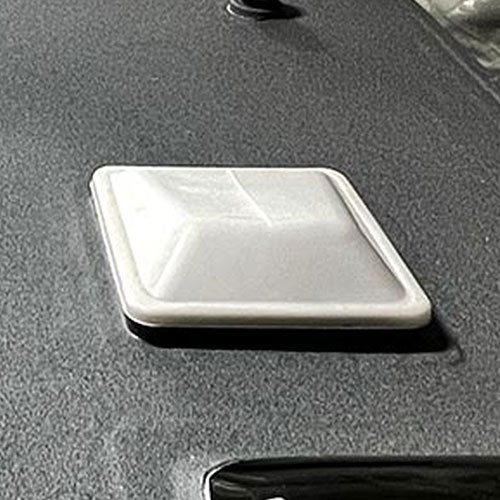Extreme weather can strike with little warning, and if you’re familiar with Texas then you’re familiar with crazy weather. While having a garage of some kind is great for parking your RV, many people don’t have one which leaves their RV exposed to the elements. One of the first lines of defense that your RV roof has against these extreme elements is the roof sealant.
Roof Sealant Explained
So, what exactly is roof sealant? While there are many brands of roof sealant comprising various materials, roof sealant for your RV is designed to seal certain areas on the roof. Or, more specifically, rubber RV roofs which are the most common. Roof sealant’s purpose is to seal off seams in the roof, vents (ventilation in the roof), and any other openings in the RV roof. Over time, you will reach a point in which you need to perform a reseal on your roof, which is just removing the old sealant and replacing it with new sealant. A standard form of maintenance for your RV’s roof.
Why Ensuring Your RV Roof Is Sealed Is Vital
Is it important to maintain a good seal? Absolutely. Proper application of RV roof sealant not only protects your roof, but the rest of the RV as well. This is especially true for the interior of the RV, mainly in the form of water.
The primary purpose of the sealant is to make your roof watertight. Without a good seal, water can find its way into exposed seams, cracks, and other openings. This water gets under the roof and it can cause a lot of damage to the roof over time resulting in the need to replace the roof. Additionally, more severe water leaks can start to affect the interior of your RV as well. This includes furniture and appliances, which will stack up your repair bill fast.
Keeping your roof sealed also protects your RV from insects and pests. Spiders and insects like to make homes in exposed areas. Through these exposed areas they can get into the interior of the RV which is just plain uncomfortable. However, some insects that get into the RV could cause real harm to the condition of the RV.

